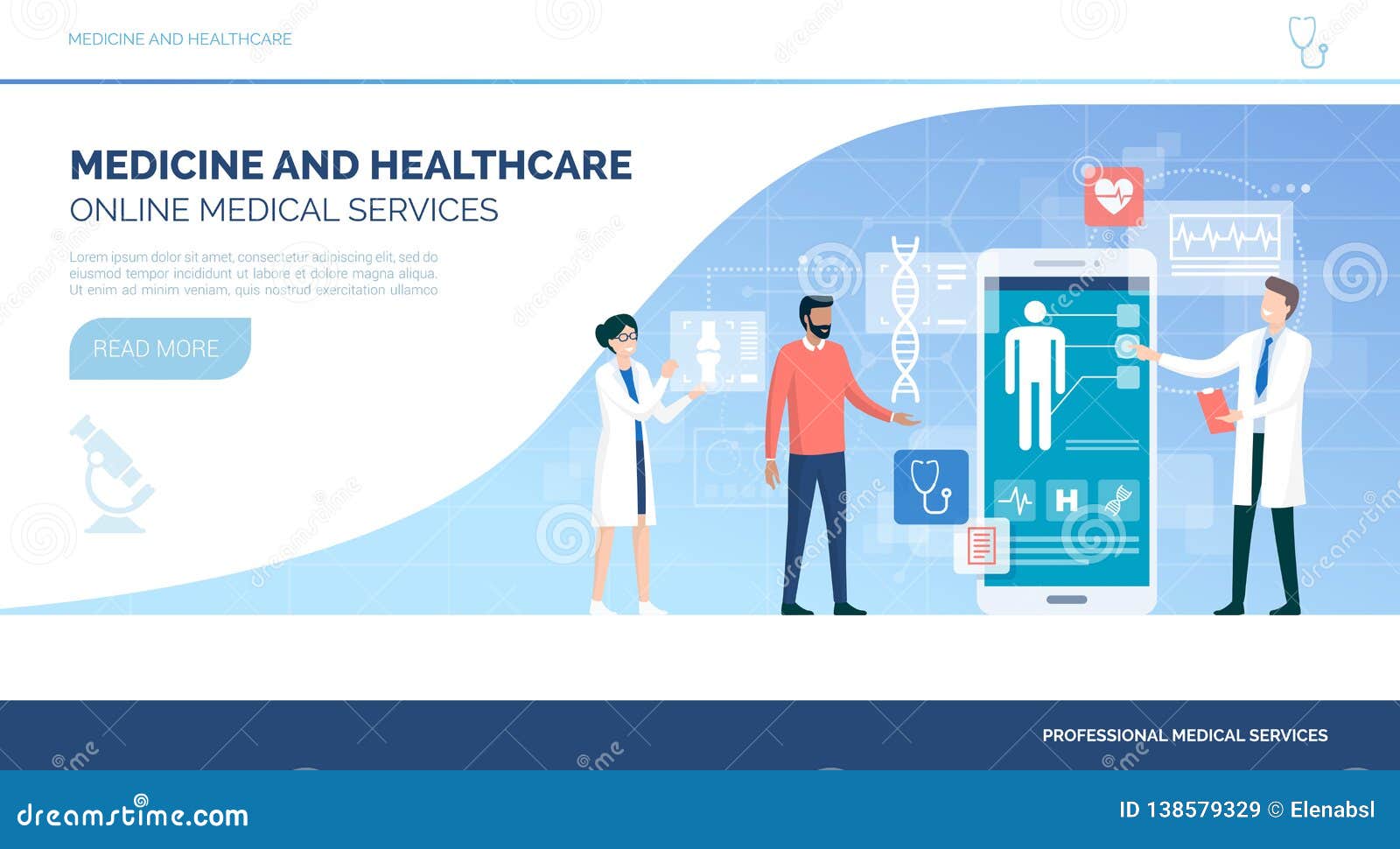Recognizing the Cost Savings of Subscription Based Healthcare for Families
Recognizing the Cost Savings of Subscription Based Healthcare for Families
Blog Article
Comprehending the Cost-Effectiveness of Subscription-Based Medical Care Models
As the health care landscape progresses, subscription-based designs emerge as a compelling alternative, guaranteeing to redefine just how people take care of clinical costs. Examining these designs' cost-effectiveness necessitates a nuanced comparison with traditional insurance, taking into consideration both economic effects and individual fulfillment.
Summary of Subscription-Based Models
Subscription-based healthcare versions, often referred to as direct key treatment or concierge medicine, are significantly getting interest as a potential remedy to inadequacies within conventional healthcare systems. These versions run on the principle of offering people straight access to medical care suppliers through a monthly or yearly charge, bypassing the need for standard insurance devices. This plan intends to improve patient-provider communications by minimizing administrative problems, which frequently prevent timely and tailored care.
At the core of subscription-based versions is the emphasis on a much more personalized individual experience. Patients profit from boosted access to their medical professionals, frequently consisting of same-day or next-day visits, expanded assessment times, and straight interaction channels such as phone or video telephone calls. This model promotes an aggressive approach to health care, where suppliers and clients can collaboratively concentrate on preventative care and chronic illness administration.

Cost Comparison With Standard Insurance Policy

One of the primary financial advantages of subscription models is transparency in costs. Patients pay a predictable fee, which can streamline budgeting and economic preparation. In addition, these versions normally remove co-pays and deductibles for protected services, decreasing out-of-pocket spending. Conversely, traditional insurance might be extra helpful for individuals requiring specialized care or pricey therapies not covered under a membership model, as they benefit from the more comprehensive insurance coverage network and cost-sharing systems.
Nevertheless, cost-effectiveness is context-dependent. While registration models might provide financial savings for those mostly requiring medical care, individuals with persistent conditions or specialized health care demands might locate traditional insurance policy more detailed. Examining details healthcare requirements and prospective use is crucial in identifying the most economical alternative for people.
Impact on Client Fulfillment
Individual complete satisfaction within subscription-based health care models often mirrors a substantial enhancement over conventional insurance systems. Unlike typical systems, where people may experience delays in obtaining care, subscription-based models make certain even more timely and direct communications with health care service providers.
In addition, the openness in costs linked with subscription-based health care reduces the usual irritations related to unanticipated charges and intricate billing procedures seen in conventional insurance policy (subscription based healthcare). Individuals appreciate understanding the exact monetary dedication upfront, causing increased depend on and confidence in their health care monitoring
Furthermore, the focus on preventive treatment and health in membership versions contributes to enhanced wellness results, better enhancing individual satisfaction. By focusing on recurring health care as opposed to anecdotal care, clients experience an even more holistic and continuous healthcare journey.
Moreover, the boosted provider-patient relationship promoted in these designs, identified by even more time spent per client and individualized focus, plays a crucial function in raising person fulfillment levels, as people really feel genuinely taken care of and understood.
Company Experiences and viewpoints
From the provider's viewpoint, subscription-based healthcare models provide a transformative method to providing medical services. These designs highlight a preventative and positive health care Go Here method, enabling suppliers to concentrate on detailed individual treatment without the restrictions of standard fee-for-service plans (subscription based healthcare). This shift in focus often results in boosted person end results and boosted company fulfillment, as health care professionals can allocate even more time and sources to client engagement and individualized treatment plans
Moreover, registration designs help with predictable earnings streams, which improve financial stability for doctor. This predictability enables enhanced resource preparation and allotment, adding to an extra efficient medical care shipment system. Service providers can purchase personnel innovation, infrastructure, and training enhancements, thereby improving the quality of care supplied.
Nonetheless, the change to subscription-based versions is not without challenges. website link Despite these hurdles, numerous suppliers locate that the advantages of raised person communication and structured procedures surpass the first obstacles, making subscription-based versions an eye-catching alternative.
Future Leads and Obstacles

A key challenge is regulatory compliance, as membership models have to comply with developing health care policies and insurance requirements. This demands constant adjustment and innovation to guarantee alignment with legal criteria. In addition, integrating these versions right into existing health care frameworks can be intricate, needing substantial financial investments in technology and training.
There is likewise the potential risk of creating injustices in healthcare access, as membership versions could favor those that can manage them, leaving vulnerable populaces underserved. Addressing this requires thoughtful consideration of rates techniques and aid devices to make sure inclusivity.
Conclusion
Subscription-based health care models present a feasible alternative to conventional insurance policy by providing monetary predictability and transparency, specifically profiting people with chronic problems or frequent health care needs. The cost-effectiveness of these designs is contingent upon specific healthcare use patterns and scenarios. While they might boost client fulfillment and improve budgeting, difficulties continue to be in resolving specialized care requirements. Future factors to consider include stabilizing thorough coverage with cost and integrating these versions within the wider health care system for optimum end results.
Subscription-based healthcare versions, often referred to as straight primary treatment or concierge medicine, are increasingly getting interest as a prospective service to ineffectiveness within standard health care systems. Unlike traditional systems, where people could experience hold-ups in obtaining treatment, subscription-based designs make sure more timely and straight communications with health care suppliers.
These designs stress a proactive and preventative medical care method, allowing service providers to concentrate on detailed patient care without the restraints of conventional fee-for-service setups. As these designs continue to gain grip, they supply the possible to transform client access to care, streamline service delivery, and maximize medical care investing.Subscription-based medical care models present a viable choice to imp source standard insurance coverage by supplying economic predictability and transparency, especially benefiting people with persistent problems or frequent health care requirements.
Report this page